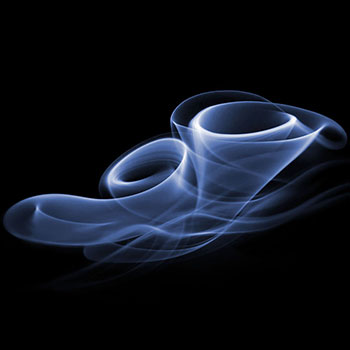10 g of Cu, 10 g of O2 react. Which is the limiting reactant? What amount of reactant remains in excess? Calculate the number of particles of reactant in excess. What is the mass of the produced product?
1 Answer
Cu is the limiting reactant
Explanation:
Given:
Skeletal equation:
balanced equation is the same as the skeletal equation.
molar masses:
Find the limiting reagent:
Cu is the limiting reagent.
Find the amount of
Find the mass of
Find the mass of produced product

